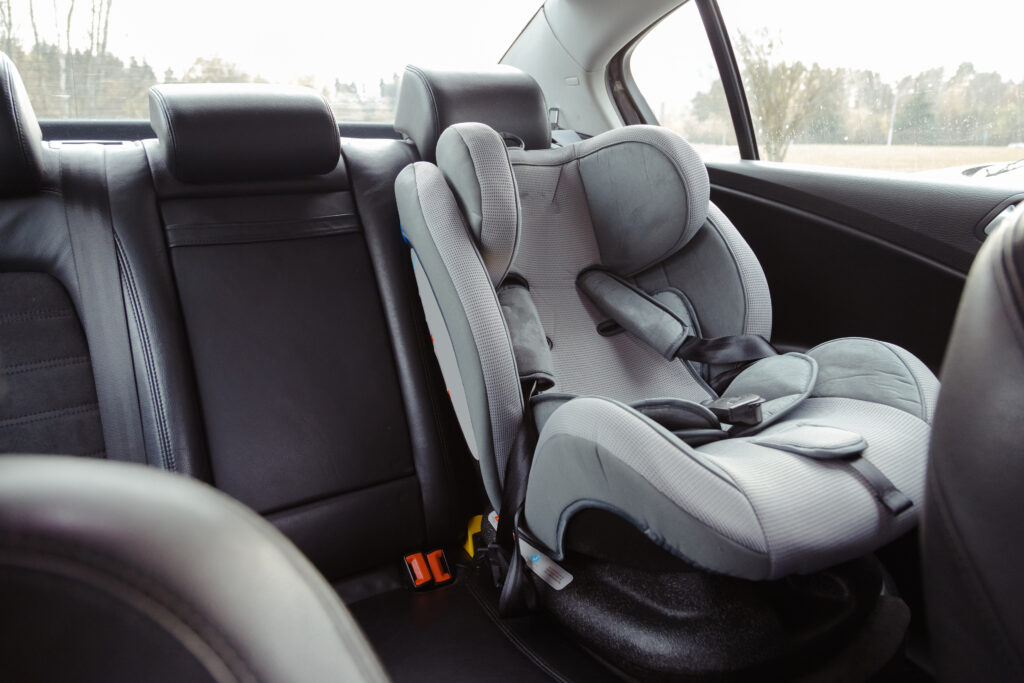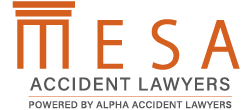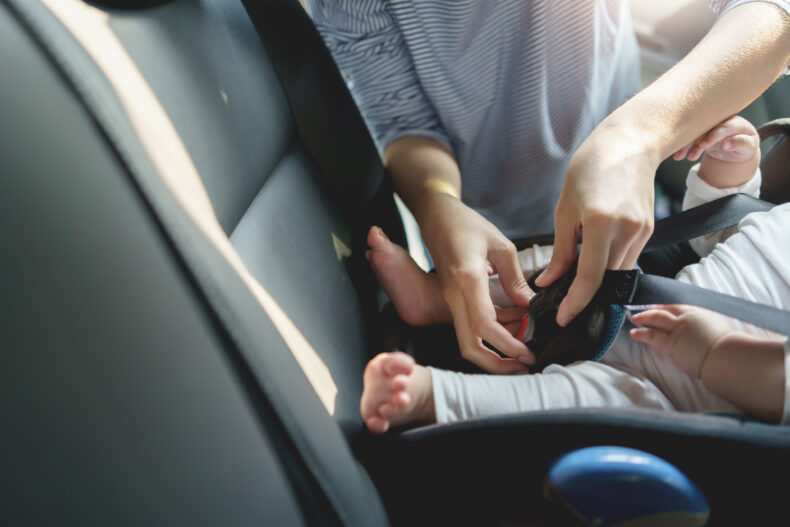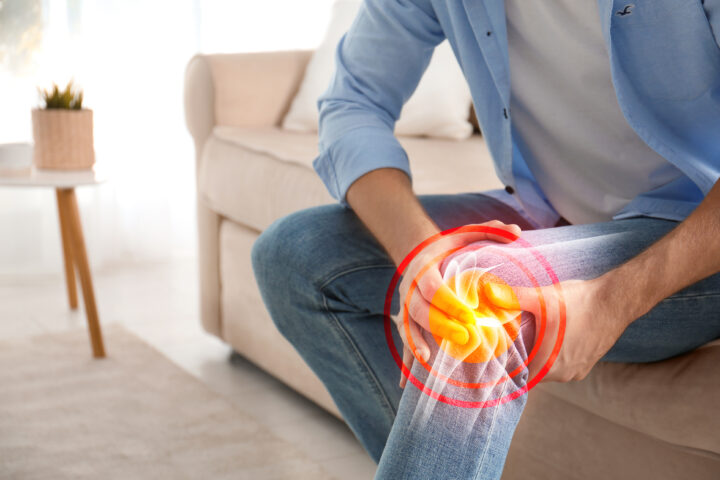Child Passenger Safety Week
It is shocking, but true. Nearly half of car seats and booster seats are used incorrectly. An incorrectly installed car seat has an enormous impact on a child’s safety, and leads to thousands of unintentional injury and death every year. Motor vehicle crashes are one of the leading causes of death among children in the U.S.
All children must properly buckle up in a car seat, booster seat, or seat belt to ensure their safety. Child Passenger Safety Week, which happens every third week in September, highlights the importance of car seat safety. The week aims to raise awareness and educate parents and caregivers about child car safety. It also reminds parents to check if they have installed and used their seat correctly and safely.
What Are the Different Types of Car Seats?
One of the most important things you need to know is how to choose and use the right car seat for your child’s age, weight, and height. There are four stages that parents should follow, as outlined by the National Highway Traffic Safety Administration and the CDC:
Rear-Facing Car Seat
Under California law, all children under two years old must ride in a rear-facing car seat, unless the child weighs 40 or more pounds or is 40 or more inches tall. Rear-facing car seats are the safest choice, as they protect a child’s head, neck, and spine in a crash by absorbing most of the impact force.
Forward-Facing Car Seat
After outgrowing a rear-facing car seat, use a forward-facing car seat with a harness and a top tether until about age 5. Keep your child in this type of car seat until they reach the maximum weight and height limits. A forward-facing seat provides more protection than a seat belt alone for your child’s upper body and head in a crash.
Booster Seat
Once children outgrow their forward-facing car seat, they must be secured in a belt-positioning booster seat until age 8 or at least 4 ‘9″ in height. Children must use a booster seat until a seat belt fits them properly without a booster seat. Booster seats raise children up so that the seat belt can fit them correctly across their upper thighs and chest.
Seat Belts
Children age 8 or older must use a seat belt on all trips. In order for a seat belt to be effective, it must be used properly. A seat belt fits properly when the lap belt is across the upper thighs (not the stomach) and the shoulder belt is across the middle of the chest. Seat belt use reduces the risk of death and serious injury by nearly half. Your child should also sit in the back seat until they are at least 13 years old.
Check for Installation

Another crucial thing to know is how to install and check your child’s seat correctly. Here are some tips on how to install and check your child’s safety seat:
- Read the car seat manual and the vehicle owner’s manual carefully. Follow the instructions for your specific seat model and vehicle type.
- Use either the lower anchors or the seat belt to secure the car seat base or carrier, but not both at the same time. Make sure that you tighten them enough so that there is no more than an inch of side-to-side or front-to-back movement at the belt path.
- Attach the top tether strap to the anchor point behind the vehicle seat for forward-facing car seats with harnesses. This will prevent excessive forward movement of the car seat and your child’s head in a crash.
- Adjust the harness straps and buckle according to your child’s size and position. The harness straps should be snug and lie flat against your child’s body, without any twists or slack. The harness clip should be at armpit level. The buckle should be fastened securely.
- Check for proper fit by doing the pinch test. Try to pinch any excess harness material at your child’s shoulder. If you can pinch any fabric, then the harness is too loose and needs to be tightened.
- Have your car seats inspected. Even if you think you have installed and checked it correctly, it is always a good idea to get a second opinion from a certified child passenger safety technician. You can visit your local CHP office to have it inspected for free.
National Seat Check Saturday
Child Passenger Safety Week ends with National Seat Check Saturday, a day for parents and caregivers to learn how to correctly install and use the right child safety seats. It also highlights the importance of registering your car seat with the manufacturer, which can be done using the information found on the information sticker on the seat. You can also register online by visiting Safer Car.Gov. Registering your car seat allows the manufacturer to contact you in case of a recall or safety notice.
Do You Need to Speak With a Car Accident Lawyer?

Car accidents are scary. They are even more frightening when a child is in the car. If you were recently in a serious car accident, Mesa Accident Lawyers can help you recover compensation from the negligent driver.
Our experienced personal injury law firm exclusively represents injured victims of auto accidents. Schedule a free consultation with our Costa Mesa car accident lawyer today by calling (949) 329-2689 or sending a message here.




